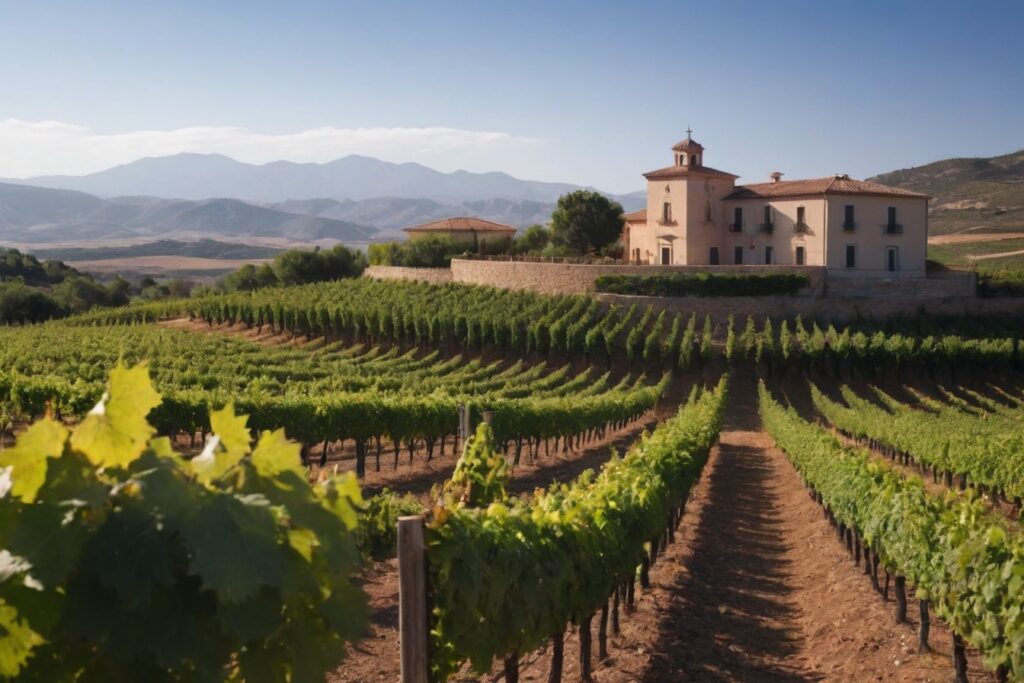
The American Association of Wine Economists recently posted a chart showing Spain’s wine production has been declining and it has also shifted away from red. Spain’s falling output is mostly a climate story, amplified by weaker demand and policy responses.
After peaking in 2018, production has trended lower as drought, heat and erratic rainfall have reduced yields and made harvests earlier and more variable. 2023 was especially poor, with Spain’s wine output dropping to about 28.3 million hectolitres, its lowest since the mid-1990s. At the same time Spain’s vineyard area edged down by about 1% in 2023, and authorities activated measures such as green harvesting and crisis distillation to tackle oversupply, which also curbed marketable volumes. Together, these factors explain why overall production has been shrinking.

The pivot away from red is driven by both demand and adaptation. Consumer preferences at home and in key export markets have shifted towards lighter, fresher styles with lower alcohol, which generally favours whites and sparkling wines over full-bodied reds. In Spain this has meant stronger momentum for regions such as Rueda and Galicia, and even major red-wine houses have invested in northern white-wine projects to meet that demand. The International Organisation of Vine and Wine has also documented a wider, long-running global swing towards white wines, reinforcing the trend Spain is experiencing.
Climate change is reinforcing those market forces. Hotter summers push sugars up and acidity down in red varieties, risking higher alcohol and heavier flavours, while earlier picking and drought stress are easier to manage in many white varieties and styles. Producers are therefore replanting and restructuring with an eye to resilience, supported by Spanish and EU schemes that fund varietal conversion and vineyard relocation as part of climate adaptation.
Spain’s production mix now reflects these shifts. According to OIV, in marketing year 2023/24, white wine accounted for roughly 55% of Spain’s output, more than half, whereas red and rosé together made up about 45%. The same period saw red consumption and prices underperform whites, while large-scale bulk trade, often for white and base wines, continued to shape what many growers choose to produce.













